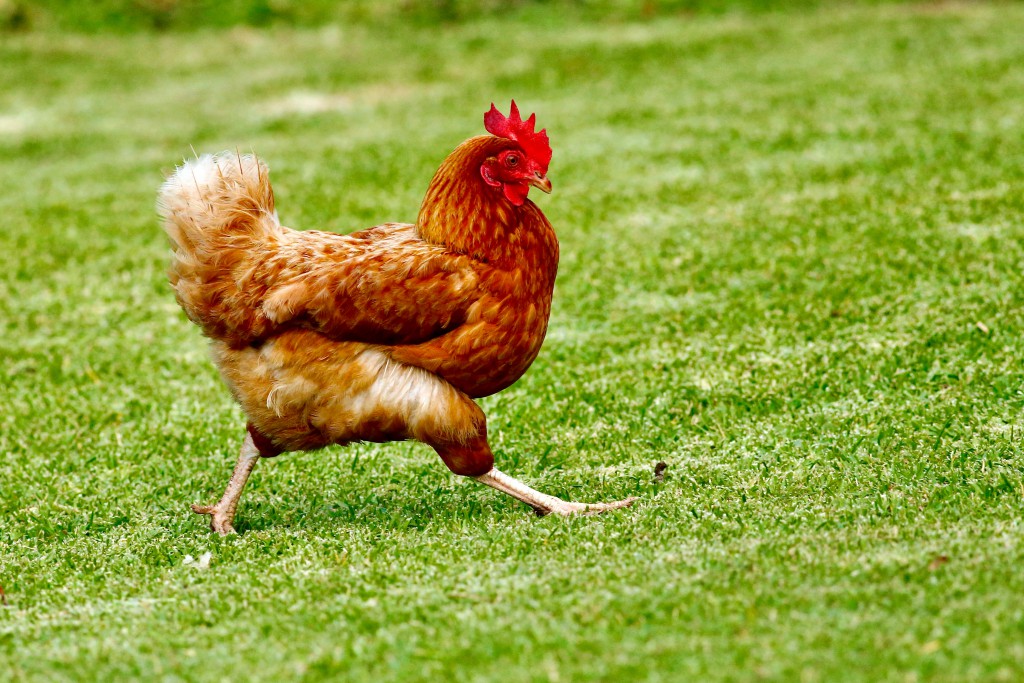
Starting a backyard chicken flock is no small task. While many considerations should be taken into account before starting down this path, it is hard to match the insights you will gain from producing your own food.
When considering buying chickens, it is important to check your local city ordinances and HOA to ensure you can legally raise chickens.
Once this is complete, create a detailed plan of steps that you need to complete before purchasing the birds. This plan should include selecting a breed of birds, setting up a brooder box and building or buying a chicken house.
The breed you select will depend on what you hope to get out of raising chickens. If you want a dual-purpose breed (one that can produce a large amount of eggs and still be a quality meat bird), consider getting Rhode Island Reds or Plymouth Rocks.
Every breed has different strengths and weaknesses. Birds can be selected based on heat tolerance, behavior and even egg color. Some are better quality meat birds, while others lay more eggs.
If you decide to start with chicks that you want to be laying hens, make sure the flock you purchase is labeled as pullets.
A brooder box for chicks can be made out of cardboard and should include enough room to allow the chicks to move away from the heat lamp. The box should also have room for feed and water troughs.
A general principle is to allow one inch of watering space and four to six inches of feeder space per bird.
To keep the chicks warm the temperature needs to be at 90° to 95° F the first week, and should drop 5° F every week until the birds are five to six weeks old. Temperature can be adjusted by raising or lowering the heat lamp.
The general rule to follow for layer hen housing is to allow three square feet of floor space per bird. But if you are planning on using half of the flock for meat consumption, only provide space for half of the flock. For example, if you have 50 chicks, plan to use 25 for meat consumption and keep 25 as layer hens, and provide 75 square feet of floor space.
You only need one (1 foot x 1 foot) laying box for every four birds. These boxes should be kept at least two feet off the ground and include bedding and a perch in front of the boxes to promote laying eggs in the boxes. Also, be sure to check the boxes every day once the hens are five months old and ready to start laying.
Houses should not drop below 70° F and outdoor time should be given to the birds to supplement diet and acclimate them to outdoor weather fluctuations.
Feed rations vary based on age, breed and intended use. Starter rations should be given to birds up to six weeks old. Birds can then move on to a commercial ration until 18 weeks when hens need to begin eating layer rations.
A full supply of water must be provided at all times for the birds. And there is no need to provide chickens with many human food scraps.
A clean environment must be ensured for the health of the chickens and anyone handling them. The coop should be cleaned weekly by misting walls, stirring bedding, collecting manure and cleaning water and feed troughs. The best disease control for chickens is prevention.
Bird health practices do not stop there. Owners should never introduce adult birds into established flocks or mix different species into a flock.
A few signs that your birds are sick can be revealed by nasal discharge, watery stool, purple waddles and combs, swollen eyes and misshaped eggs.
Combating the spread of disease between chickens and for your own health is critical. Check for parasites monthly, store food in dark and dry metal containers and always wash your hands every time you handle birds or eggs.
When collecting eggs for consumption, wash and refrigerate them as soon as possible.
Chickens are easy prey, and ignoring precautions to protect them from predators can be devastating.
Surround the bottom edges of the coop and roaming area with mesh fencing one foot above and below the ground. Also, enclose the top of the roaming area with a roof or fence material to protect birds from hawks and owls.
Another great way to protect your flock from predators is to train your birds to go into the coop at dusk by luring them in with feed at that time.
If disease, predators or natural causes kill your birds, proper disposal measures must be followed. Burial and composting are the best options for bird disposal.
Raising livestock can be a greatly rewarding experience, and although the responsibilities never seem to cease, it will teach you a thing or two about what it takes for us to be able to eat.
For more information about raising backyard chickens, check out the Management Guide for the Backyard Flock or contact us!